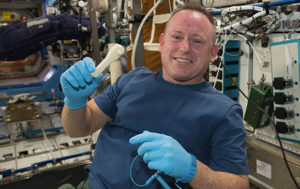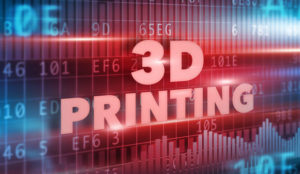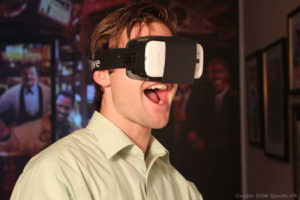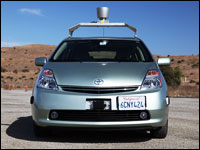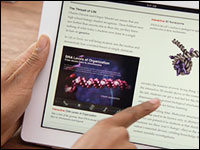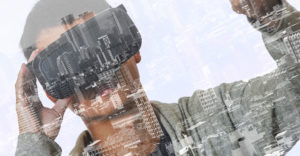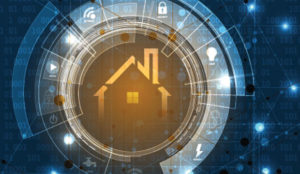
This story was originally published on Aug. 24, 2010, and is brought to you today as part of our Best of ECT News series.
Many a techie is looking at the cloud and seeing the shape of the future — but that shape is often starkly defined by the data center, leaving little room for visions of mobile. Yet the cloud will undoubtedly shape-shift mobile devices in fascinating and often unexpected ways.
“The cloud is the perfect ying to mobile devices yang,” Oxygen Cloud CEO and founder Peter Chang told TechNewsWorld. “The evolution of mobile devices is tightly tied to the evolution of the cloud, creating a quintessential positive feedback loop.”
Fog Blowing In
Indeed, that innovative loop will likely change the cloud too — and for some, it will not happen a moment too soon.
“Cloud computing is getting overhyped to an enormous degree,” David Pensak, Ph.D., former DuPont scientist/inventor and founder of the first commercially successful Internet firewall, told TechNewsWorld. “There are LOTS of downsides to cloud computing in communication inefficiencies, new security vulnerabilities, and the possibility of suffering collateral damage if another user of the cloud is being specifically attacked.”
For the cloud to be truly useful in communications, it must hover a little closer to the earth, Pensak suggested.
“I would much prefer to see the industry going down a path that I would call ‘fog computing’ — homogenous, widely dispersed computing equipment with no defined or vulnerable boundaries,” he said.
Such an evolution from cloud to fog computing would lead to “the silicon equivalent of the collective consciousness that the evil race called the ‘Borg’ had in one of the ‘Star Trek’ follow-on series,” remarked Pensak.
By that, he means that mobile devices would simply be parts of the fog bank, with seamless communications for broad and immediate accessibility to all known information.
“Such devices can and will evolve along this path whether or not we have cloud computers or a billion mainframes or anything in between,” said Pensak. “If done properly, the architecture of how the compute cycles and data nuggets are accessed must be completely independent from the hop, skip, and jump from the ‘desktop’ to the ‘brain top.'”
Smartphones and Dumb Terminals
At first glance, one would think mobile devices would grow tinier under the cloud. After all, Infrastructure as a Service (IaaS), Platform as a Service (PaaS) and Software as a Service (SaaS) have already ascended, essentially leaving the mobile device’s load considerably lighter.
But no, devices are more likely to grow than shrink, and more likely to get smarter rather than dumber.
“We don’t see cloud computing ‘dumbing’ mobile devices,” Robert Nalesnik, senior director of marketing at Broadcom mobile platforms group, told TechNewsWorld.
“The power of mobile cloud computing will be enabled by the combination of intelligence in the mobile device coupled with the power of the cloud,” he explained.
“Traditionally, we think of the mobile phone as only a consumer of Web information — but increasingly, mobile devices will become the source of real-time, location-specific Web content,” added Nalesnik. “It becomes a virtuous cycle: More powerful mobile devices expand the cloud, and the cloud enables an even more relevant mobile experience.”
Form Factor Changes
Form factors will evolve to keep pace with this cycle of innovation, but some favorite devices will still hang around.
“The cellphone will likely remain the Swiss army knife of devices,” said Broadcom’s Nalesnik. “But the Web and content people want in their mobile devices are predominately visual, so there is a growing trend towards higher resolution ‘pocket-able’ displays or even larger tablets.”
Even investors say they see bigger but collapsible devices on the horizon.
“An important innovation will be the flexible screen, which will allow for a tablet-sized device to be transported compactly like a mobile phone,” Tyler Newton, partner and research director with growth private equity firm Catalyst Investors, told TechNewsWorld.
There will be plenty room for specialized and novelty devices too — ranging from wristwatch computers and wearable computers to flex-screen Harry Potter-ish newspaper devices.
Even dumb terminals will find new roles.
“Hopefully, we’ll see some sort of a portable-cloud service, where your data follows you wherever you go,” Leo Irakliotis, Ph.D., dean of the School of Computer and Information Sciences at Nova Southeastern University, told TechNewsWorld.
“No need to lug your laptop — or even an iPad — to hotel rooms any more,” he said. “Instead, your data is in the cloud and accessible from everywhere there is a computer. In this way, a smart mobile device might act as a security gatekeeper to allow, say, a computer in a hotel room to access your cloud data.”
Mobile devices can’t get smaller, as they need substantial processing power and sophisticated graphic cards to handle videos. However, the changes in features and functionality will represent a major shift in thinking and engineering.
“User interaction will be simplified, with sensors that track touch, motion and location coupled with cloud-based applications that use this input to present more intelligent information,” said Nalesnik.”Hardware improvements will be less about speed in megahertz, but rather how seamlessly new capabilities are integrated into the device.”




